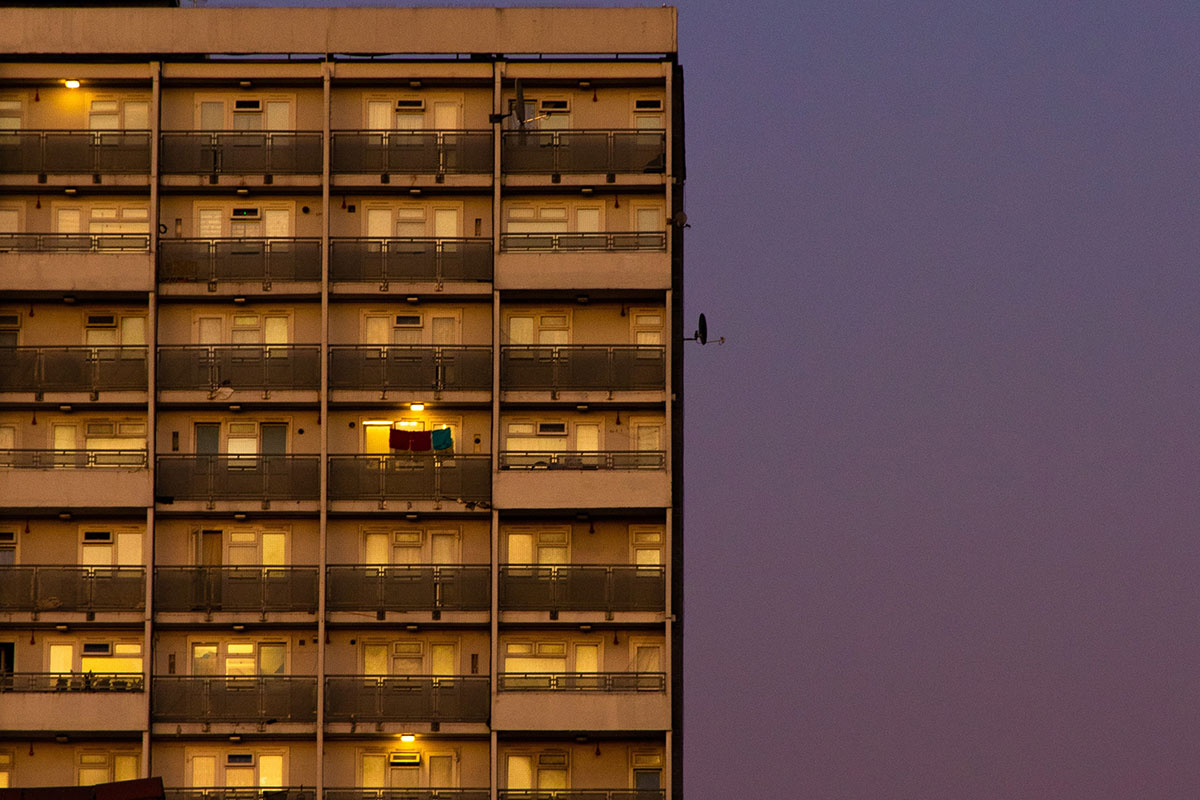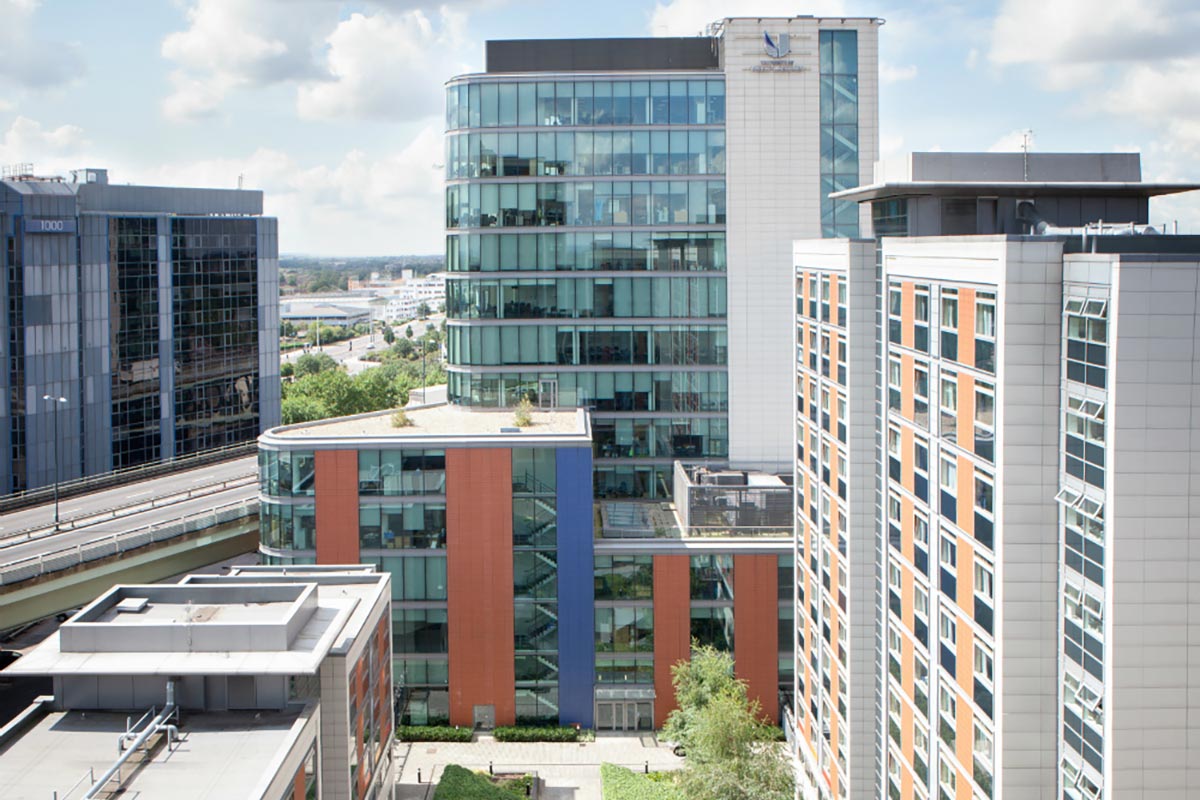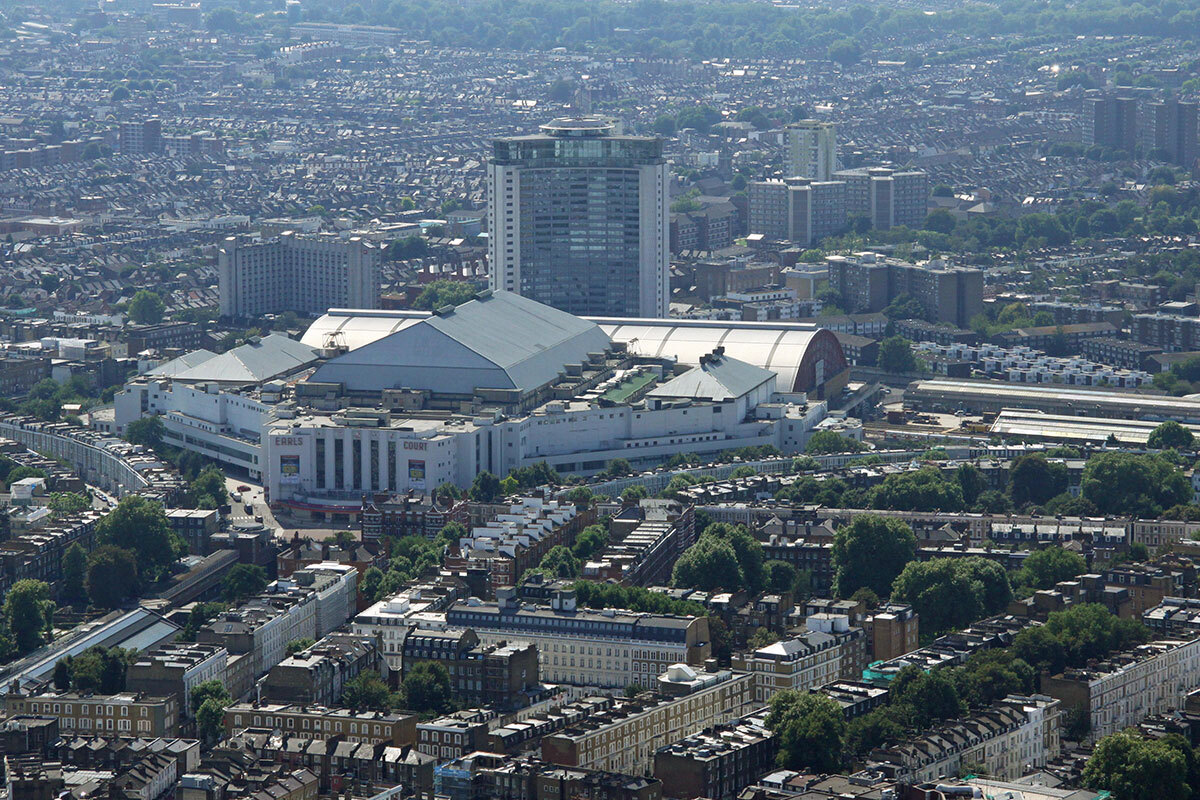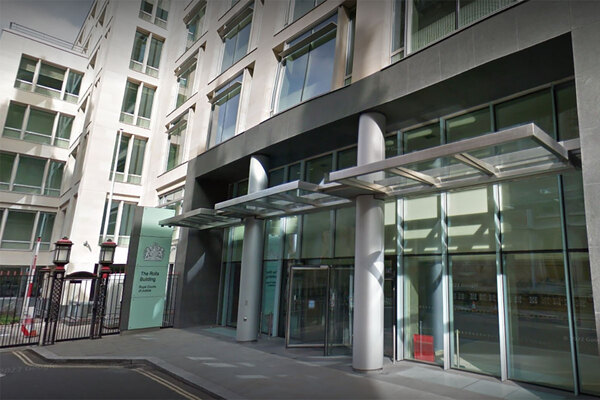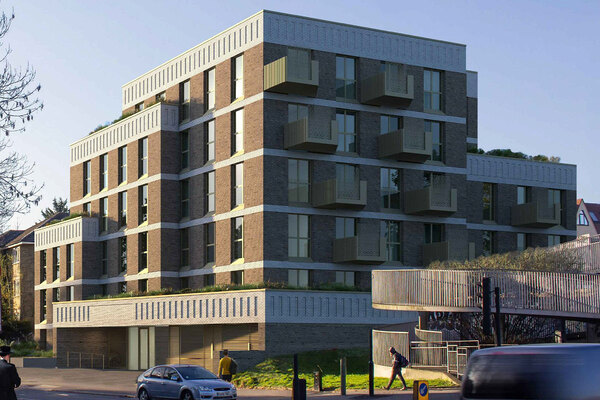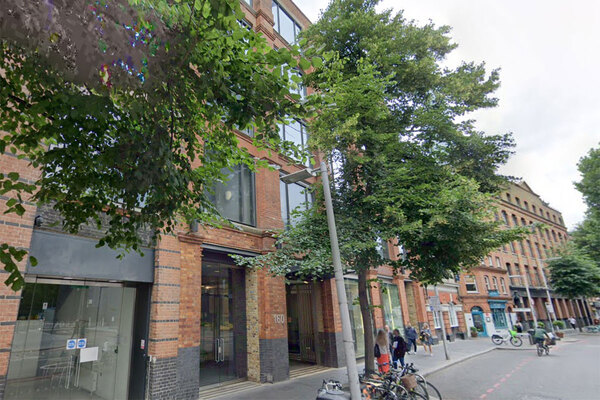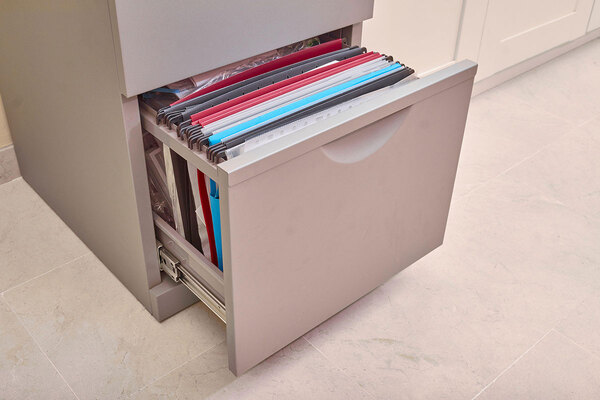You are viewing 1 of your 1 free articles
Fire risk assessments complete on 98% of social housing blocks over 11 metres, RSH finds
Fire risk assessments (FRAs) have been undertaken on 98% of reported blocks of 11 metres or taller in the social housing sector, according to a new survey by the Regulator of Social Housing (RSH).
The fire safety remediation survey by the RSH, which took place between August and September and received responses from more than 1,300 landlords, found that the majority of FRAs had been carried out for medium-rise buildings.
At the same time, remediation work has been completed or is due to be completed in the next five years for 71% of those 11 to 18-metre buildings assessed as having dangerous cladding.
This figure increases to 84% of 18-metre-plus buildings.
The survey required all social landlords, including councils and housing associations, to submit fire safety remediation data to the Department for Levelling Up, Housing and Communities (DLUHC) for all 11-metre-plus buildings they are responsible for.
It found that the vast majority of social landlords have plans in place to address life-critical fire safety (LCFS) defects identified across the relevant buildings.
The English regulator received a response rate of 88%, with 1,321 landlords responding, including 100% of large housing associations and 91% of large council landlords.
Large landlords account for 97% of all social homes in the sector and will be responsible for the majority of 11-metre-plus buildings.
However, at the time of writing, 14 large council landlords had yet to submit their data.
In total, social landlords reported 15,405 buildings over 11 metres in height. The majority of these, 11,230, are 11 to 18-metre buildings, with the remaining 4,175 buildings measuring 18 metres or more in height.
FRAs have been undertaken on 98% of all buildings reported, with a further 1% planned in the next six months.
Just over 1,600 buildings were identified with a LCFS defect relating to the external wall system. Work is complete on 7% of these buildings and is under way on a further 25%.
Work is due to commence on an additional 29% of buildings by September 2024.
The regulator said it plans to follow up with providers whose returns indicated that they may be an outlier on their progress.
It also highlighted the responsibility of boards and councillors to understand landlords’ legal obligations in relation to managing the safety of buildings, “seek assurance that they are being met, and address identified issues promptly”.
Will Perry, director of strategy at the RSH, said: “Landlords must understand their buildings, manage them safely, and take timely action to remediate fire and other safety defects so their tenants are safe and can feel safe in their homes.
“We will continue to engage with providers to ensure this remains a high priority.”
There have been a flurry of announcements by the RSH this week, including this warning about how a declining housing market is threatening income from development sales.
Sign up for our fire safety newsletter
Already have an account? Click here to manage your newsletters
